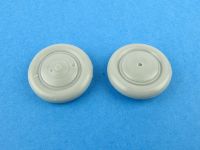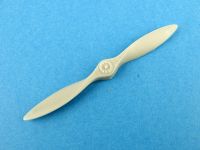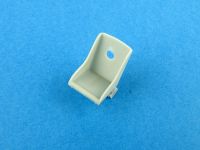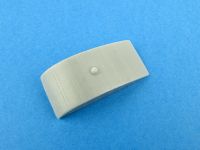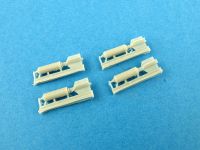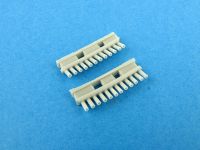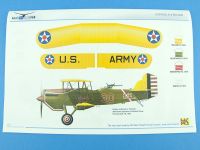Lukgraph | 32-01: 1/32 Curtiss A-3 Falcon
Reviewed by Kevin Futter
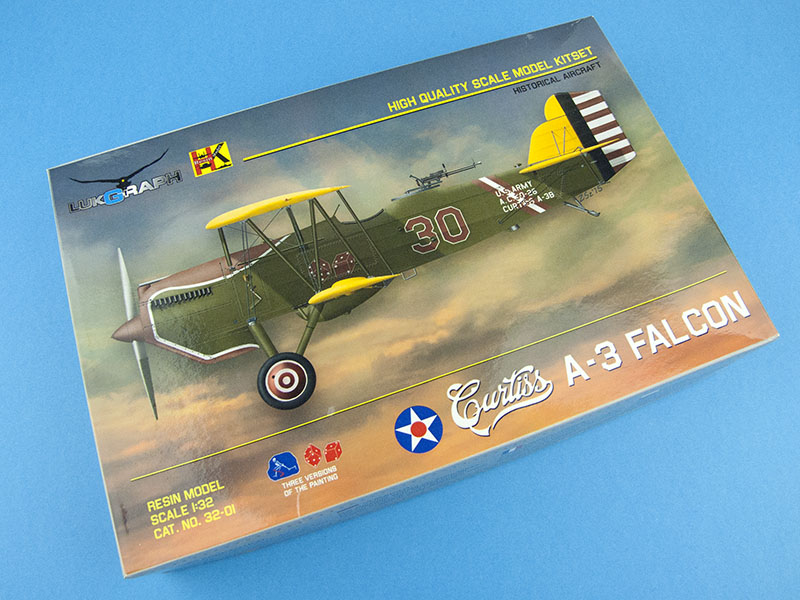
Lukgraph is a relatively new resin kit producer from Poland, specialising in esoteric between-the-wars aircraft. This kit of the Curtiss A-3 Falcon [Wikipedia] is the company's first foray into 1/32 scale. I must confess that I hadn't heard of this aircraft prior to receiving this kit, and find it both admirable and courageous that a manufacturer would release a boutique kit in 1/32 scale of such an esoteric subject. We certainly live in bounteous times!
The kit itself ships in a small, but sturdy cardboard box, with the contents parceled out into resealable bags, and the whole lot protected by a sheet of bubble wrap:
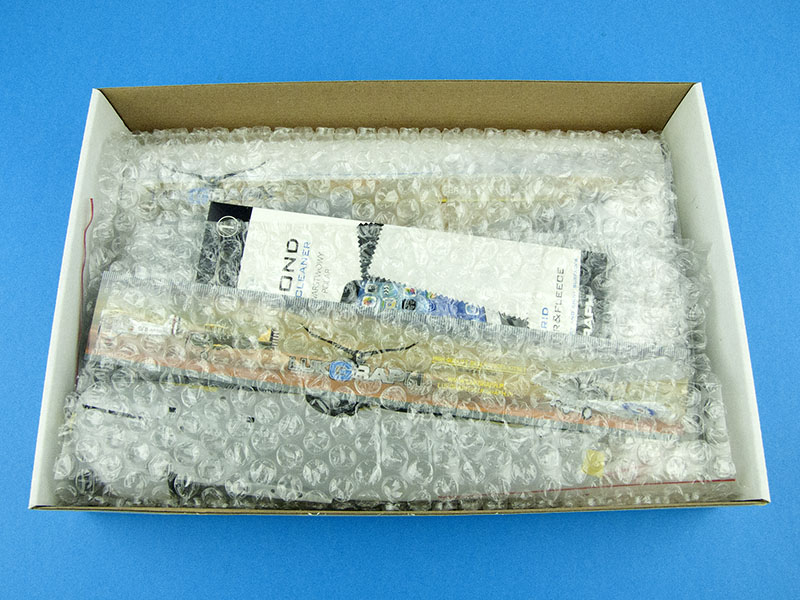
Here's what you get in the box:
- 164 resin parts
- 1 photo-etched fret
- 1 small sheet of clear acetate
- 1 small sheet of printed instrument faces (pre-cut, self-adhesive)
- 1 decal sheet
- 1 full colour instruction booklet
The Fuselage
The company's website says the kit contains 164 resin parts, so let's take a look at them. The resin itself is a mid-grey colour, similar to many injection-moulded plastic kits. The fuselage halves have already been removed from their casting blocks, and ship taped together:
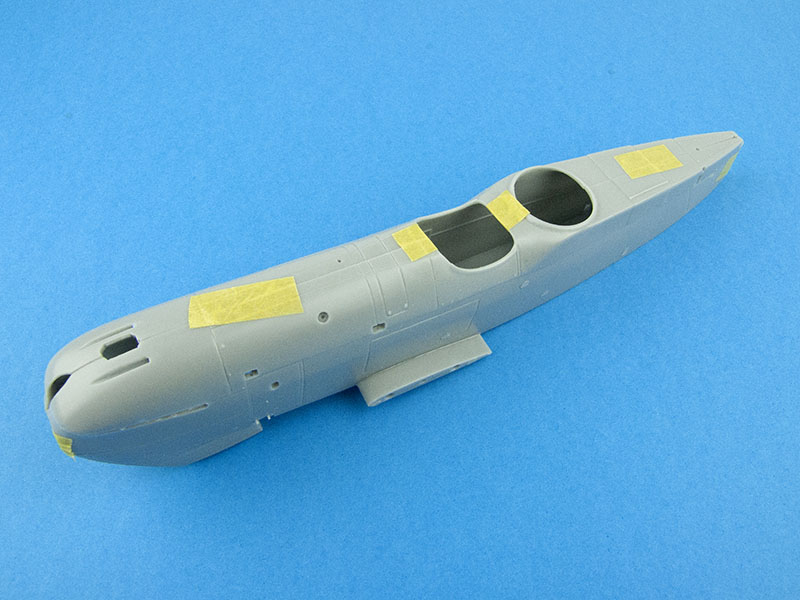

The casting is nice and crisp, and completely free of any obvious warpage, air bubbles or other casting defects. The panel lines are quite heavy, though, and not completely consistent in either depth or width:
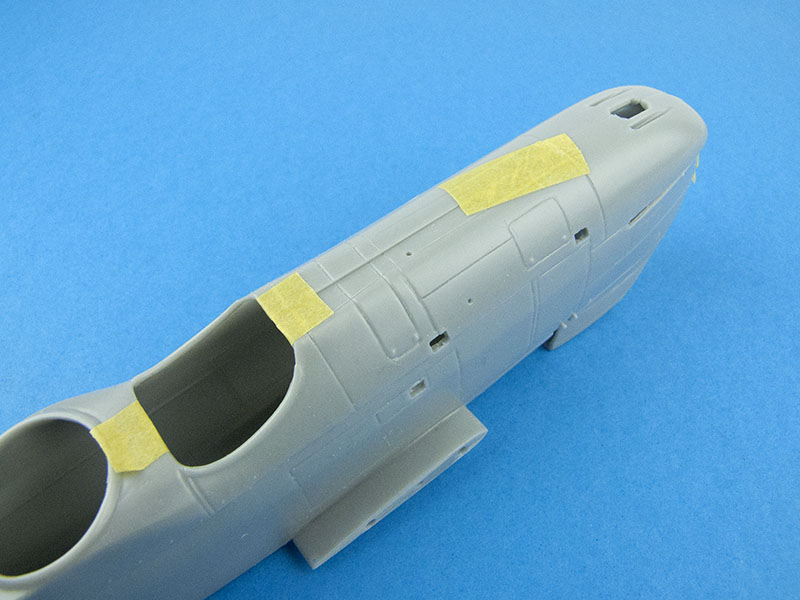
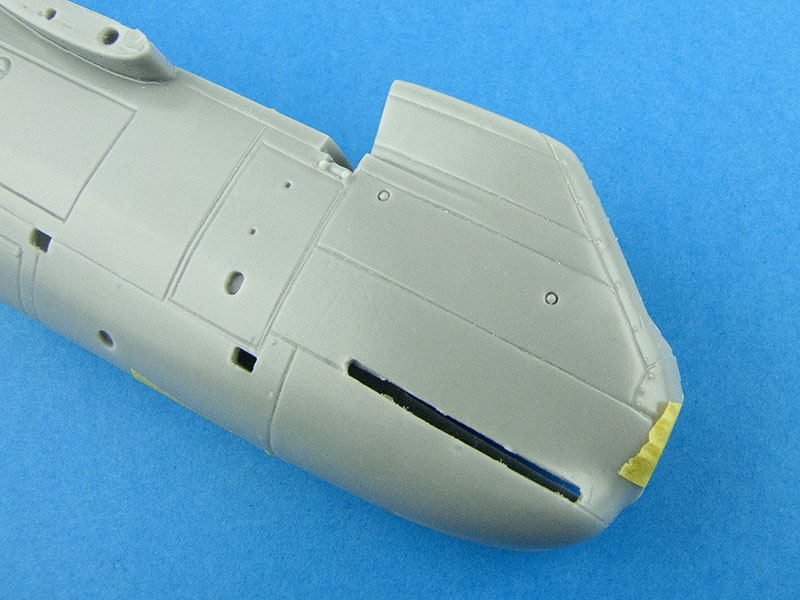

Some of the rivetting detail is also a little soft, but these were hardly precision-built aircraft, so I suspect they will be effective enough under primer and paint.
The seam formed by the bottom of the two fuselage halves is quite rough, and will need some careful attention during assembly:
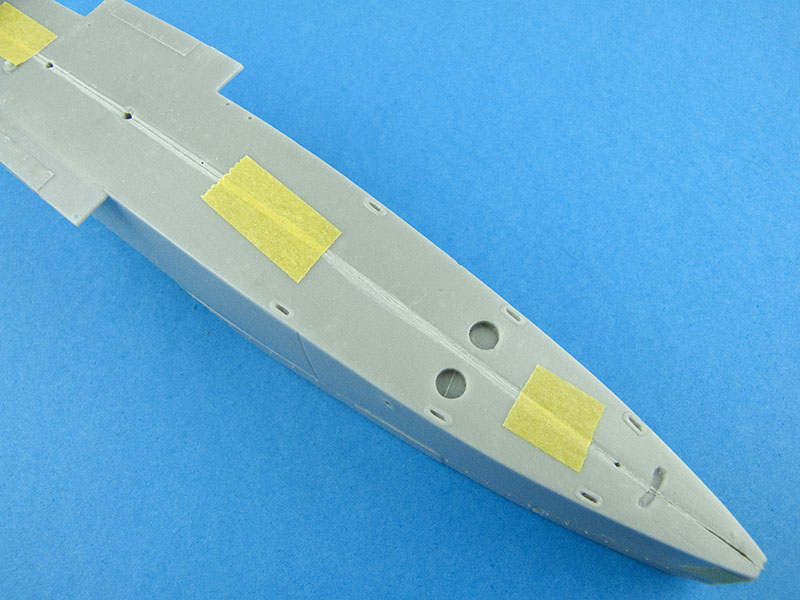
The Wings
The rest of the parts are distributed throughout a collection of resealable plastic bags, and one in particular is quite heavy. This is because it contains the wings, which are cast in solid resin:
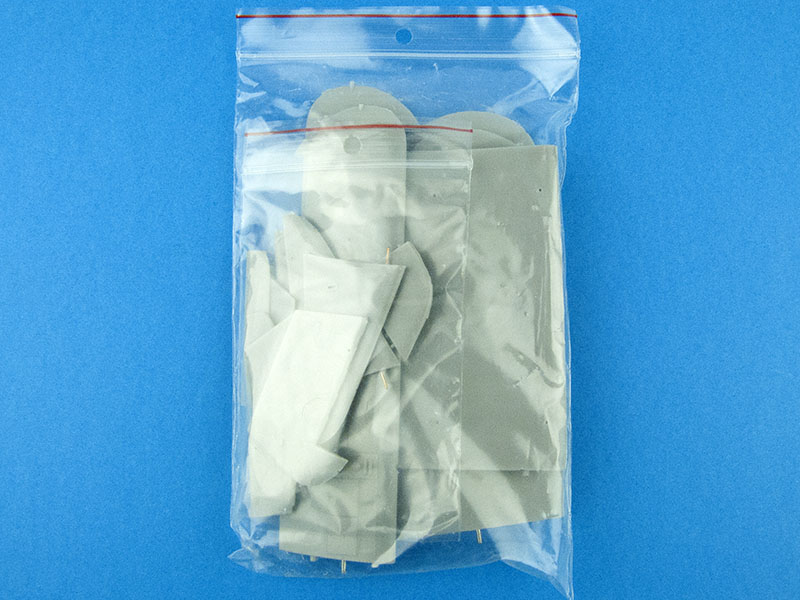
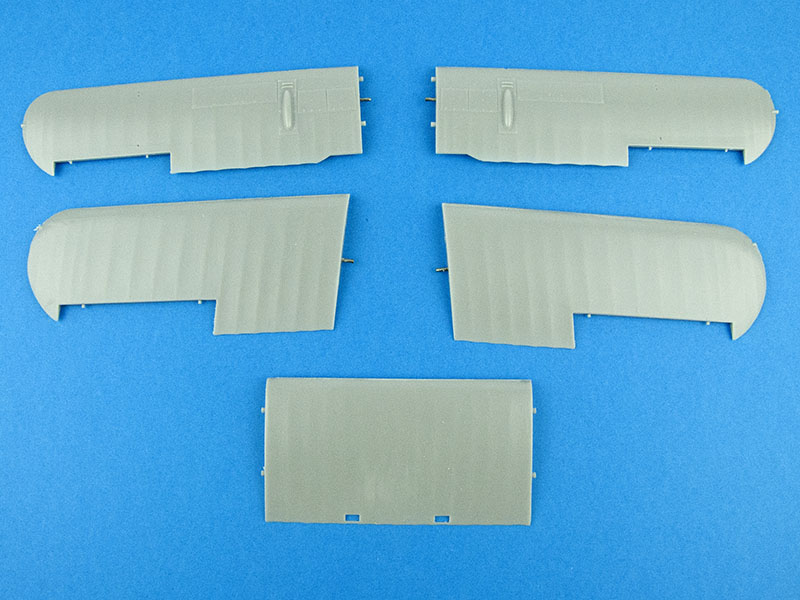
We have two upper wing segments, plus a centre section to join them, and two lower wing sections, which mate with stubs on each fuselage half. The main upper and lower wing pieces each feature an embedded brass rod to reinforce their joins:
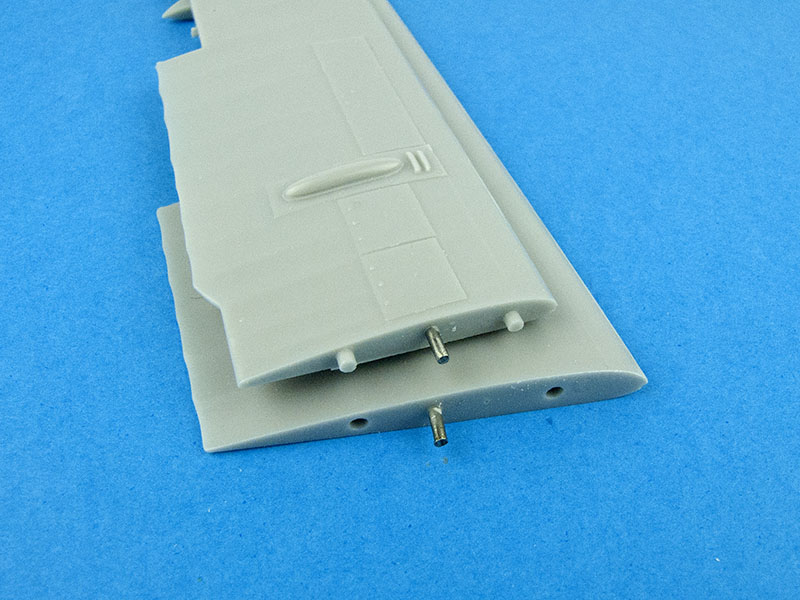
Both the upper and lower sections feature suitably restrained ribbing detail and some moulded-in metal panels:
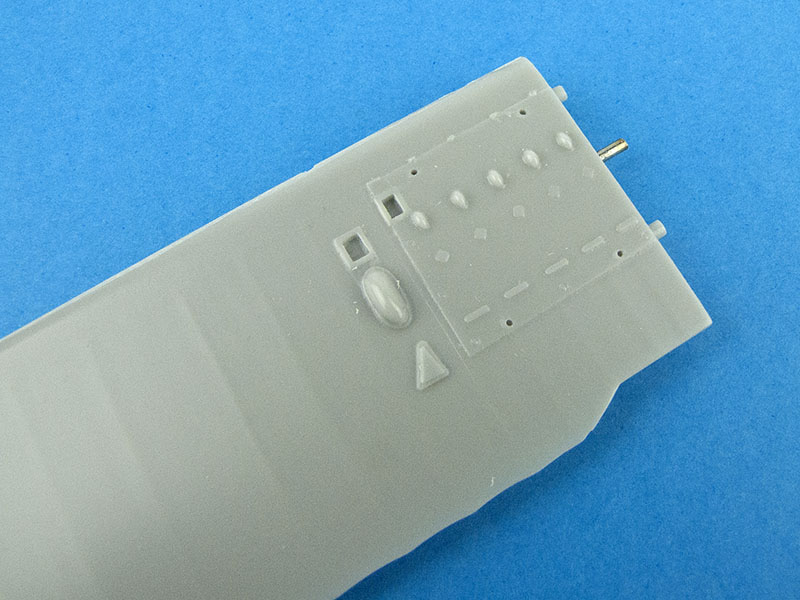
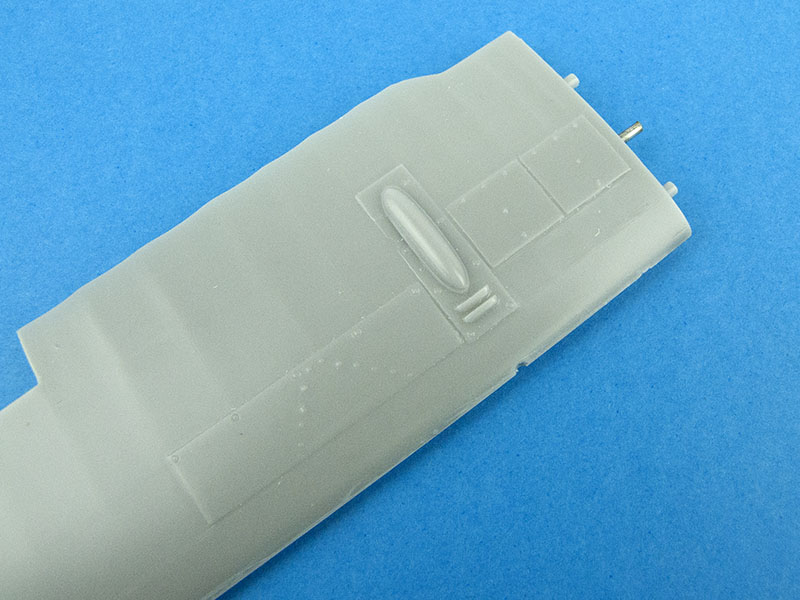
Some of the rivet detail is again a little soft, but not unusably so. There's a bit of an ugly seam on the leading edge of each wing piece though:
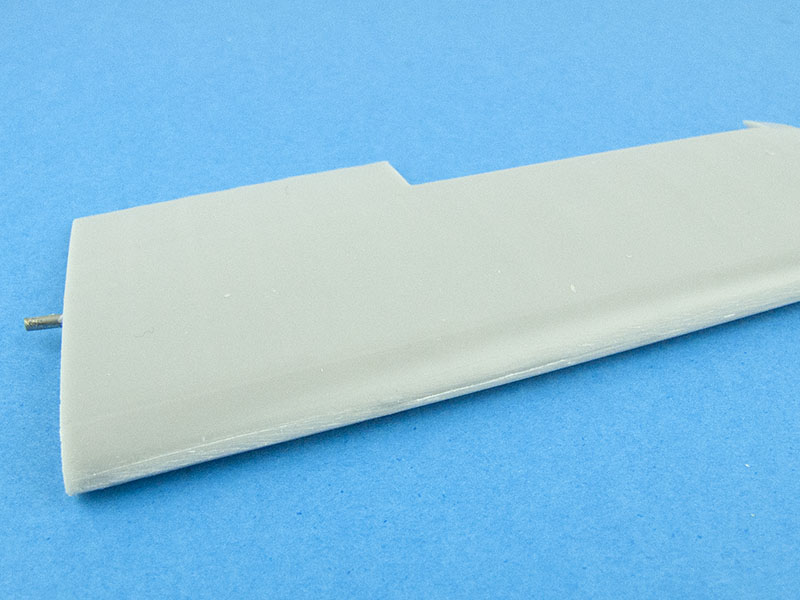
Nested inside the bag containing the wings, is a smaller bag that contains the flying control surfaces:
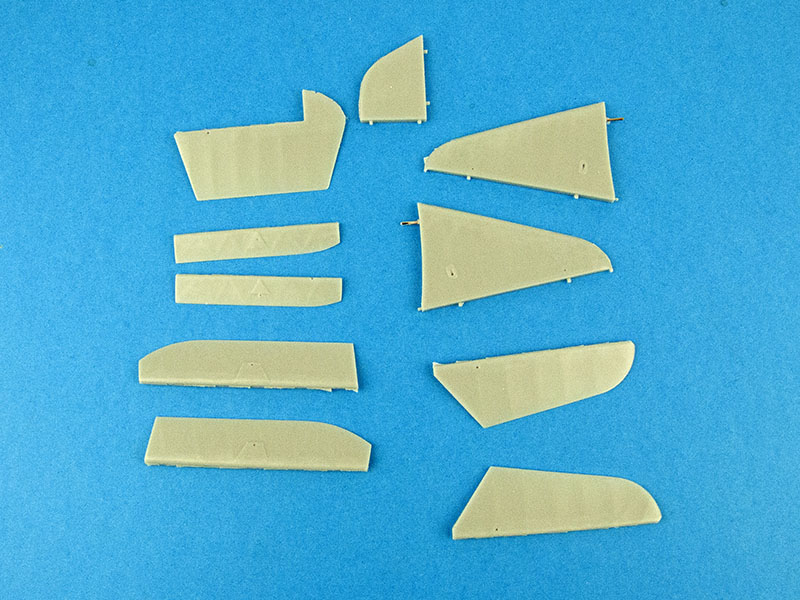
The main tailplane parts feature moulded-in brass pins for strong attachment points.
The Detail Parts
The detail parts are housed in six more resealable plastic bags, which are themselves contained within one larger bag:
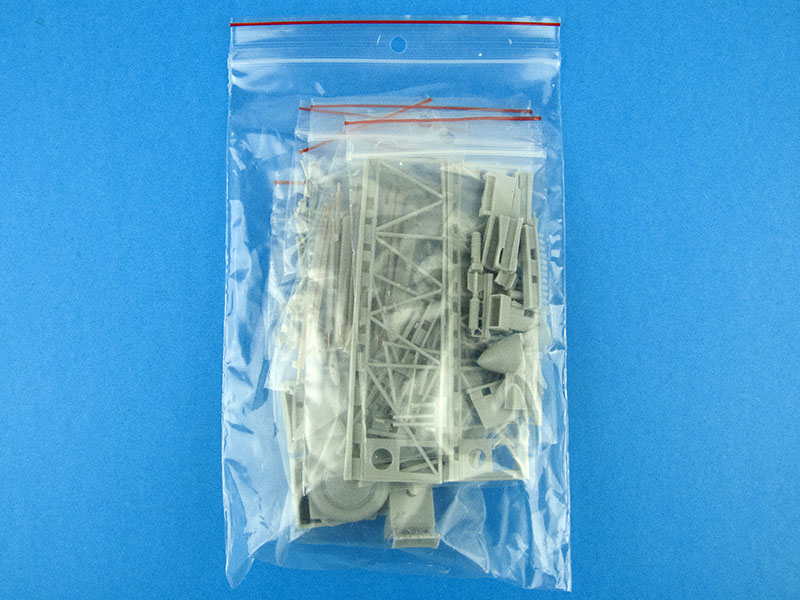
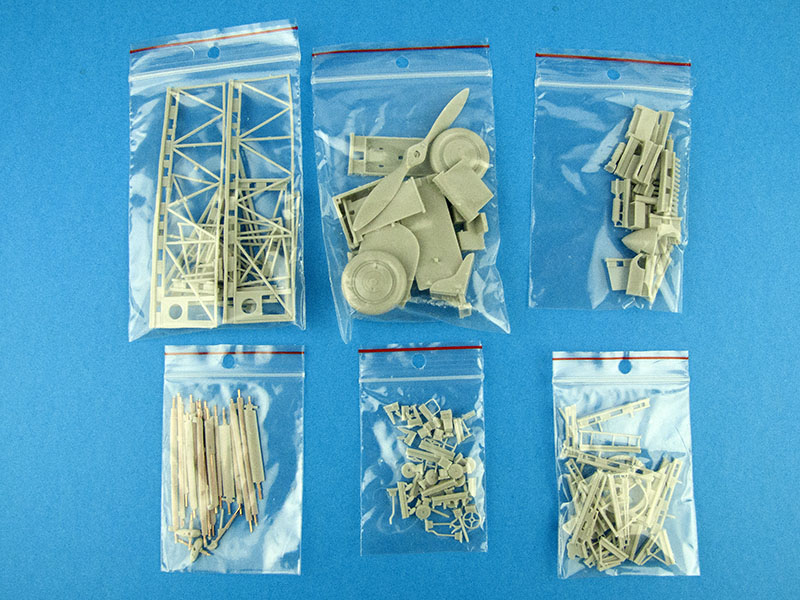
The first bag contains the delicate internal framing and assorted structural elements for the fuselage and cockpit:
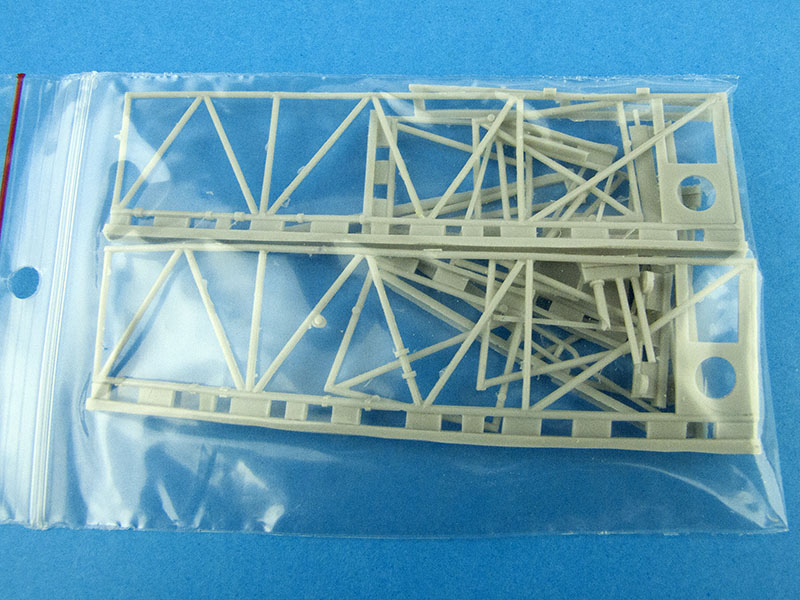
One of the large side frame pieces in my sample appeared to be slightly warped at one end, but not significantly so, and it should come good after dipping in some hot water.
The second bag contains some of the larger detail parts, such as the wheels, propeller, and seat:
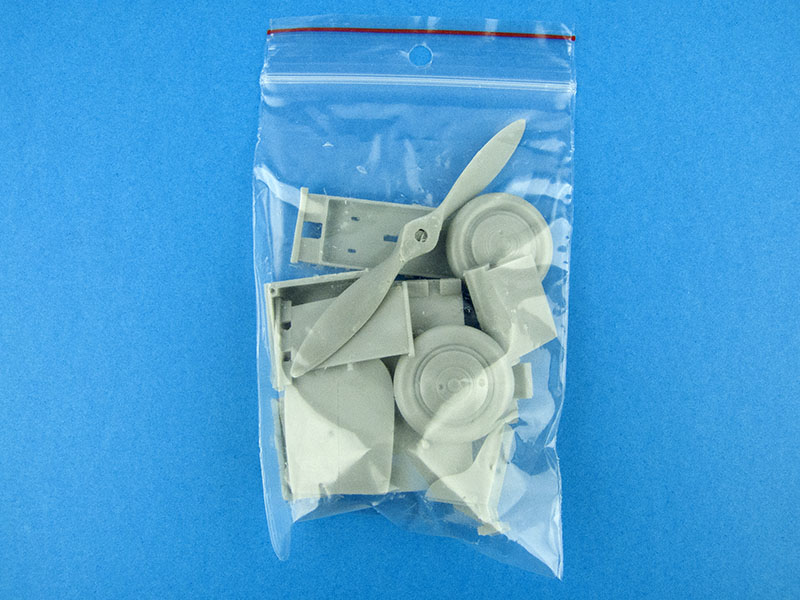
The third bag is where you'll find some of the smaller detail parts, such as the exhausts, bombs, and spinner:
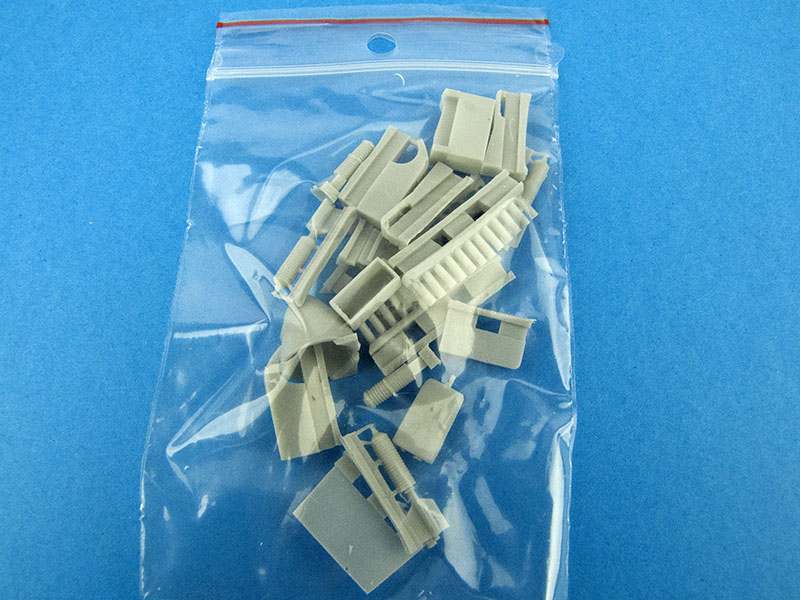
The exhausts have neatly hollowed-out ends, but the spinner is a bit rough, and will require some clean-up work:
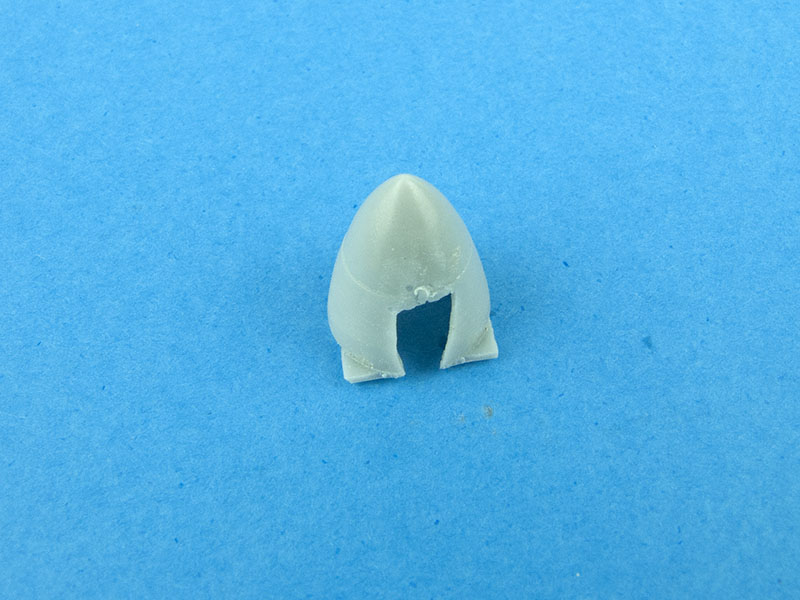
The fourth bag contains all the interplane struts and wing support bracing:
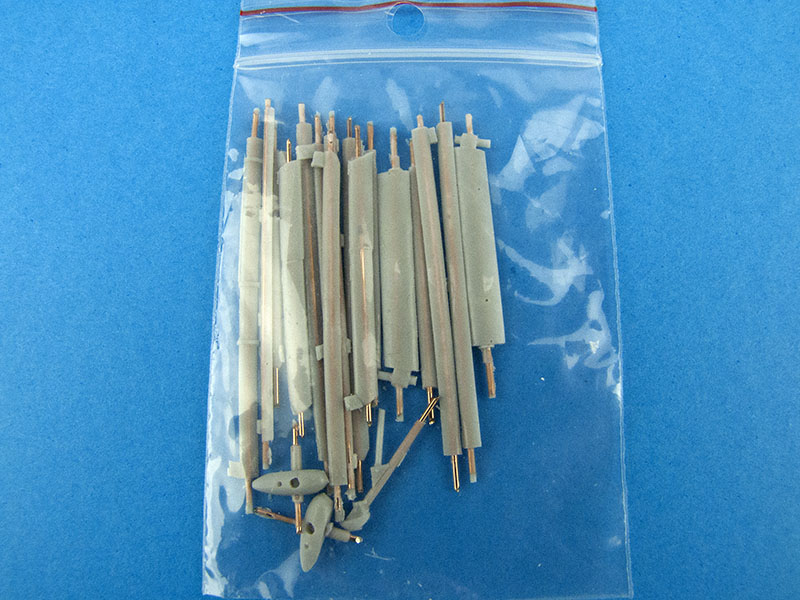
They are cast around a brass rod core, though on some parts the brass appears to be almost fully exposed. I ran my thumbnail over them, and couldn't detect anything that felt like an exposed lump, however. A solid coat of primer will reveal if there are actually any such issues, which will obviously require a bit more work to rectify.
The fifth bag is full of small detail parts, mostly destined for the cockpit:

There are some very small and delicate items inside this bag, but they all appear to be quite nicely done.
The sixth and last bag also contains many fragile-looking parts, mostly internal detailing, but also the rear gunner's scarf ring:
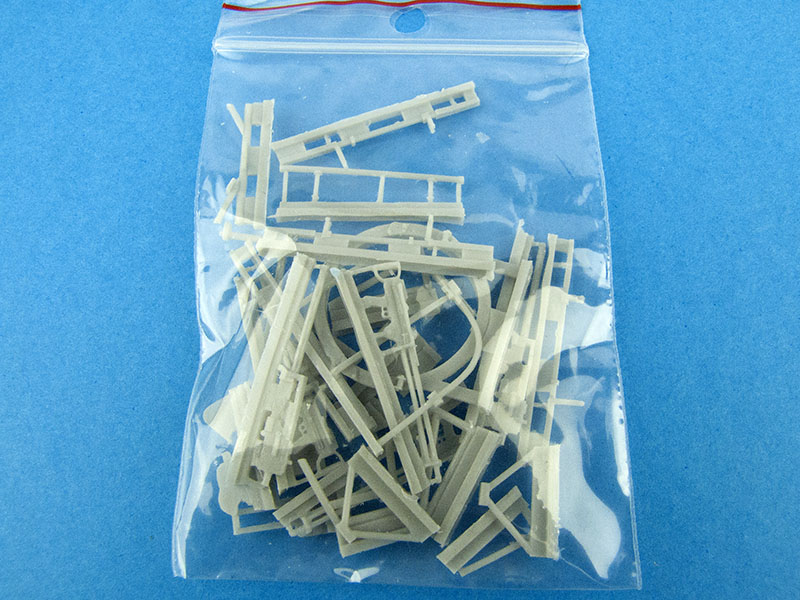
Again, these look to be nicely done, but it will certainly be a challenge dealing with all those small, fragile parts!
The Photo-Etched Fret
The kit includes a small fret of photo-etched parts, including radiator grills, seat belts, instrument panels, and other details. It also includes some very fine stitching detail to adorn the fuselage sides, and even some panel fastener details.
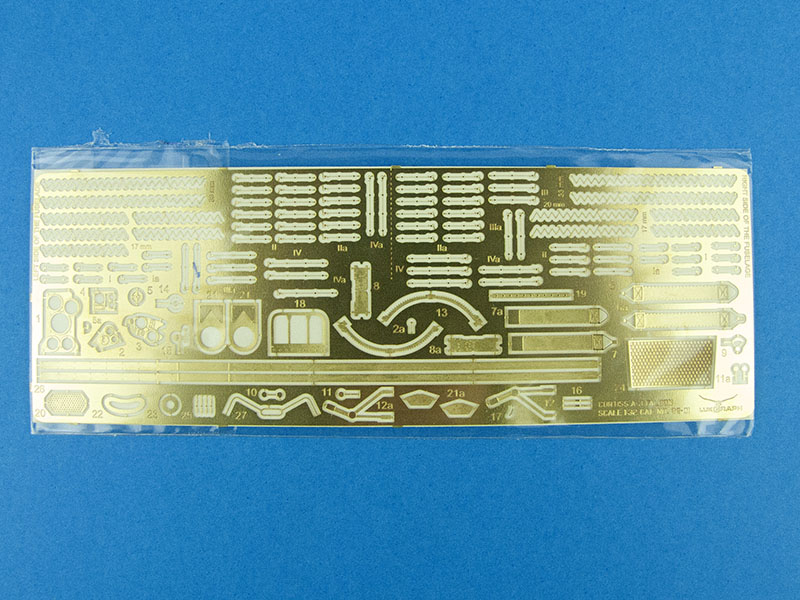
Accessories
There are a couple of additional items included in the kit that are worth mentioning: a small sheet of clear acetate for fashioning the windscreen glass, and an even smaller sheet of pre-printed, self-adhesive instrument dials. The latter are to be sandwiched between the resin instrumental panel backing pieces, and their respective photo-etched panel faces.
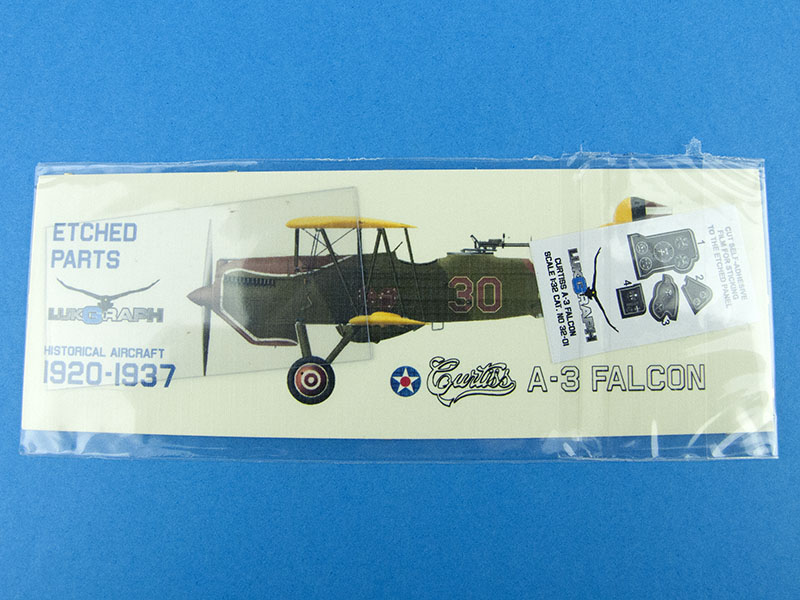
Decals and Markings
The kit decals are silk-screened, and appear to be printed in-house:
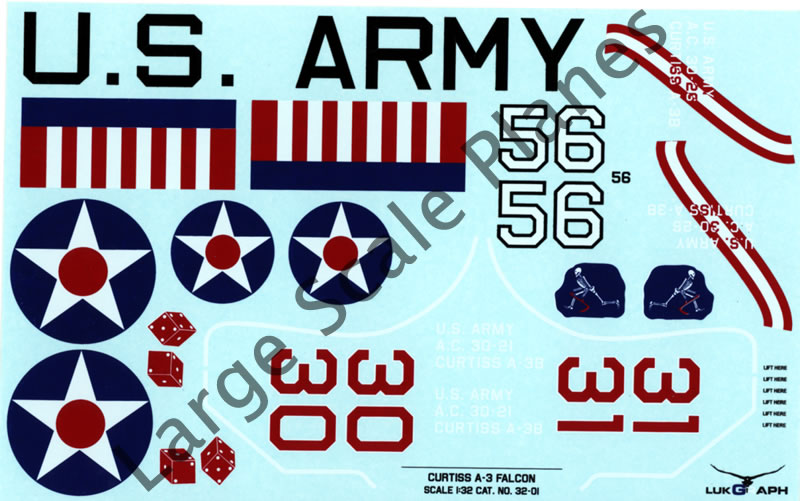
Registration and colour density are generally very good:
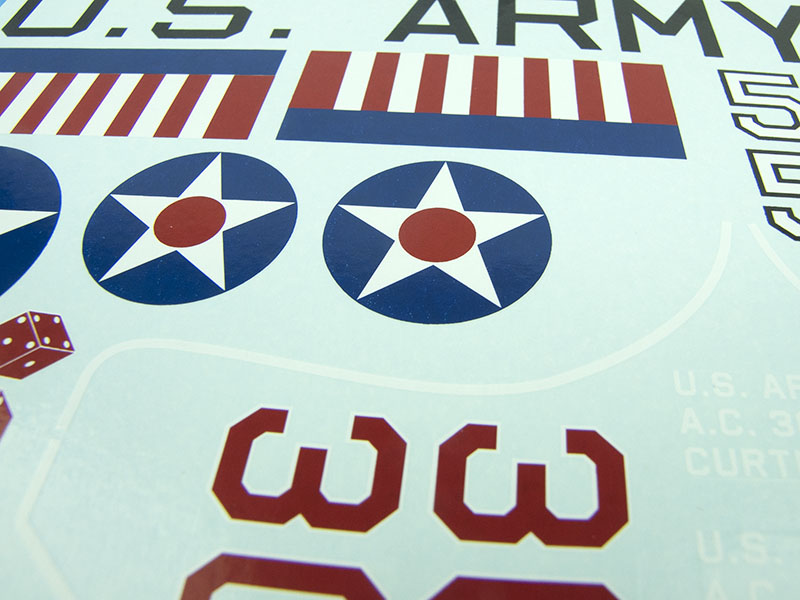
Markings are provided for three aircraft:
- Curtiss A-3B Falcon "Red 31"
- 90th Attack Squadron 3rd Attack Group
- Fort Crockett, TX, 1929
- Curtiss A-3B Falcon "White 56"
- 13th Attack Squadron 3rd Attack Group
- Fort Crockett, TX, 1928/1929
- Curtiss A-3B Falcon "Red 30"
- 90th Attack Squadron 3rd Attack Group
- Fort Crockett, TX, 1928/1929
The painting guides are provided on the inside and outside of the rear cover of the instructions:
Instructions
The kit's instruction booklet is a full-colour, saddle-stitched affair whose spine is across the top, rather than along the left edge:
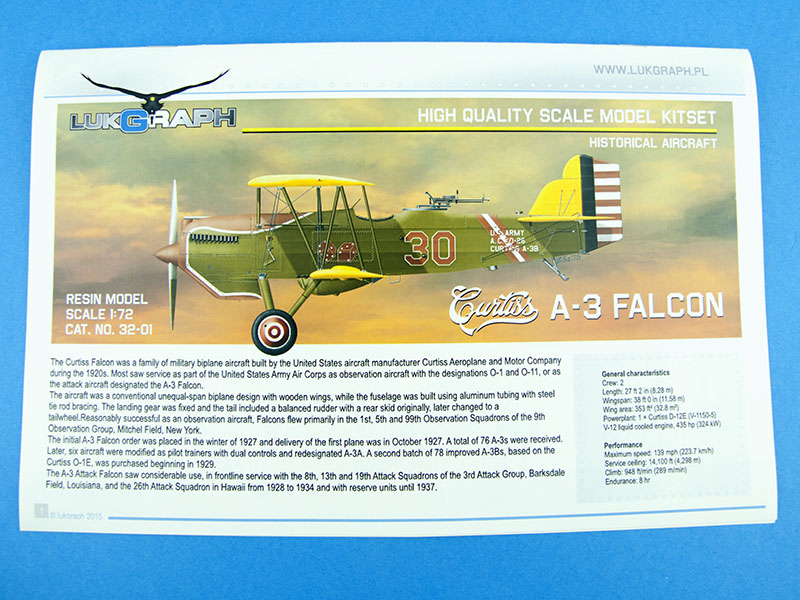
It's printed on quality glossy paper stock. My sample has an error on the front, where it states the scale as 1/72. Inside though, we see the expected exploded-view assembly diagrams, with annotations, and colour call-outs:
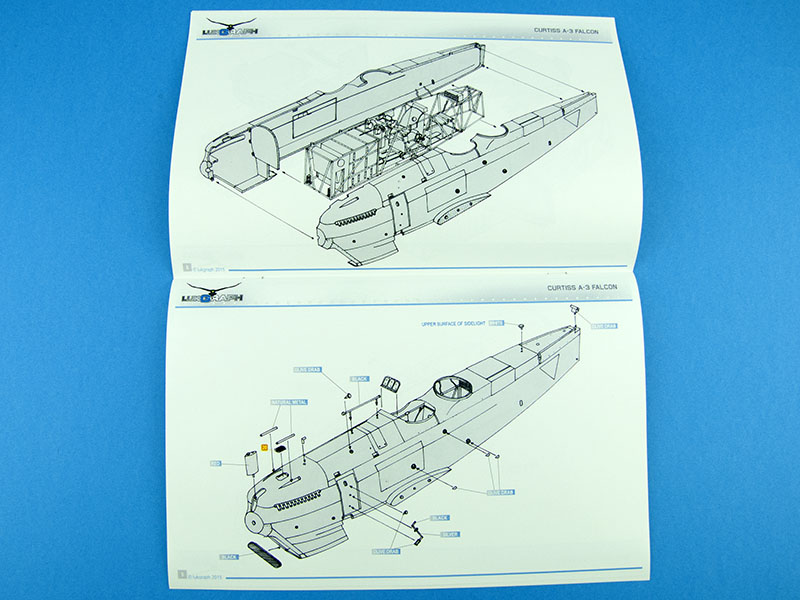
There's also a rigging diagram at the end, and we've already seen the included painting guides. The assembly sequence as shown seems clear and logical, though locating and identifying all those small parts correctly will be a challenge! One thing the instructions lack is a parts map to assist with this process, so you're on your own when it comes matching the parts with the assembly drawings.
Conclusion
There's no doubt that this kit has some rough edges, but they're nothing an experienced modeller couldn't handle. This kit will require some skills and experience to get the most out of it, however, and I certainly wouldn't recommend it as a first resin model. In the right hands, though, all the ingredients are here for a very fine model of a highly esoteric subject, and I'm sure the company's models will continue to improve with each new release. I hope this initial foray into 1/32 scale will extend to further releases, and I can recommend this one to any modeller interested in aircraft of the period.
Thanks to Lukgraph for the review sample.
© Kevin Futter 2015
This review was published on Sunday, June 21 2015; Last modified on Wednesday, March 02 2016

